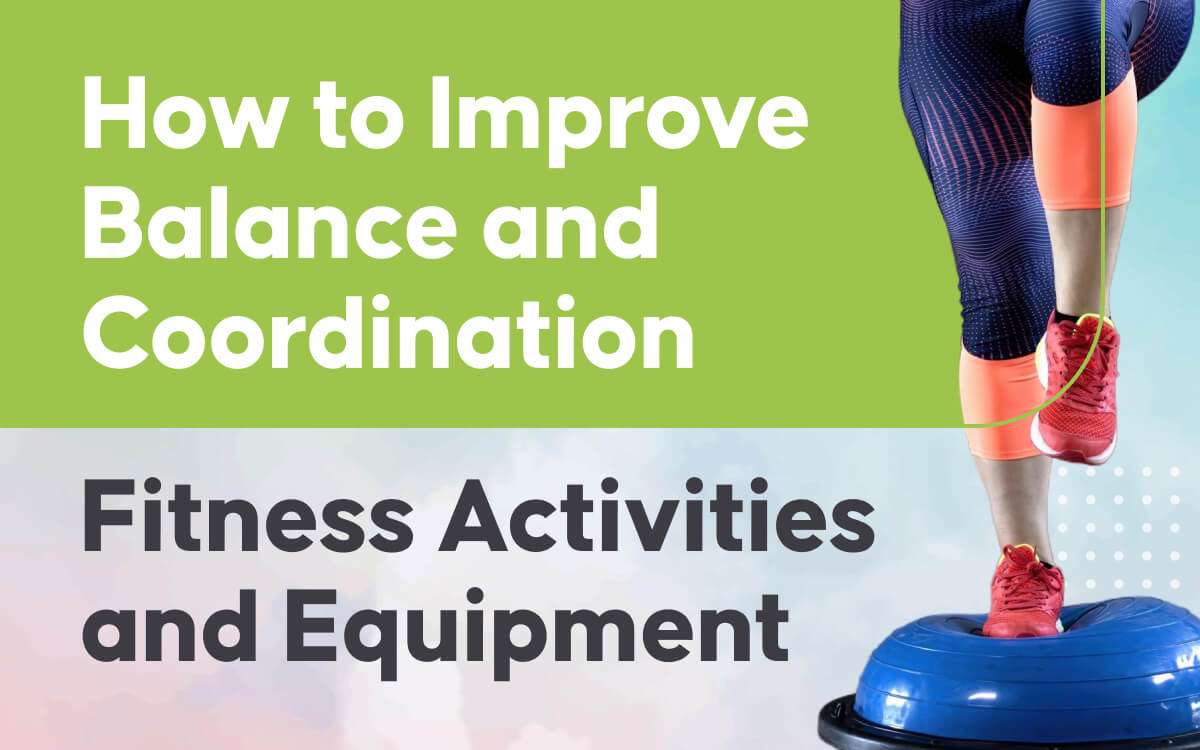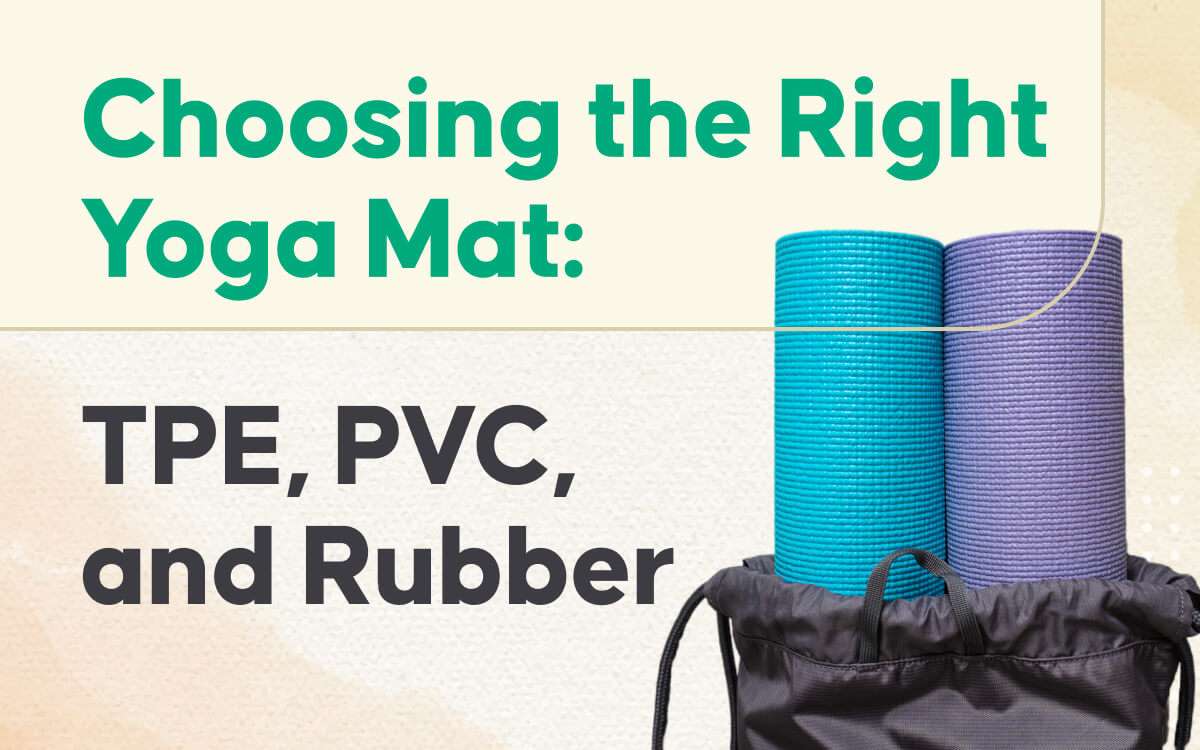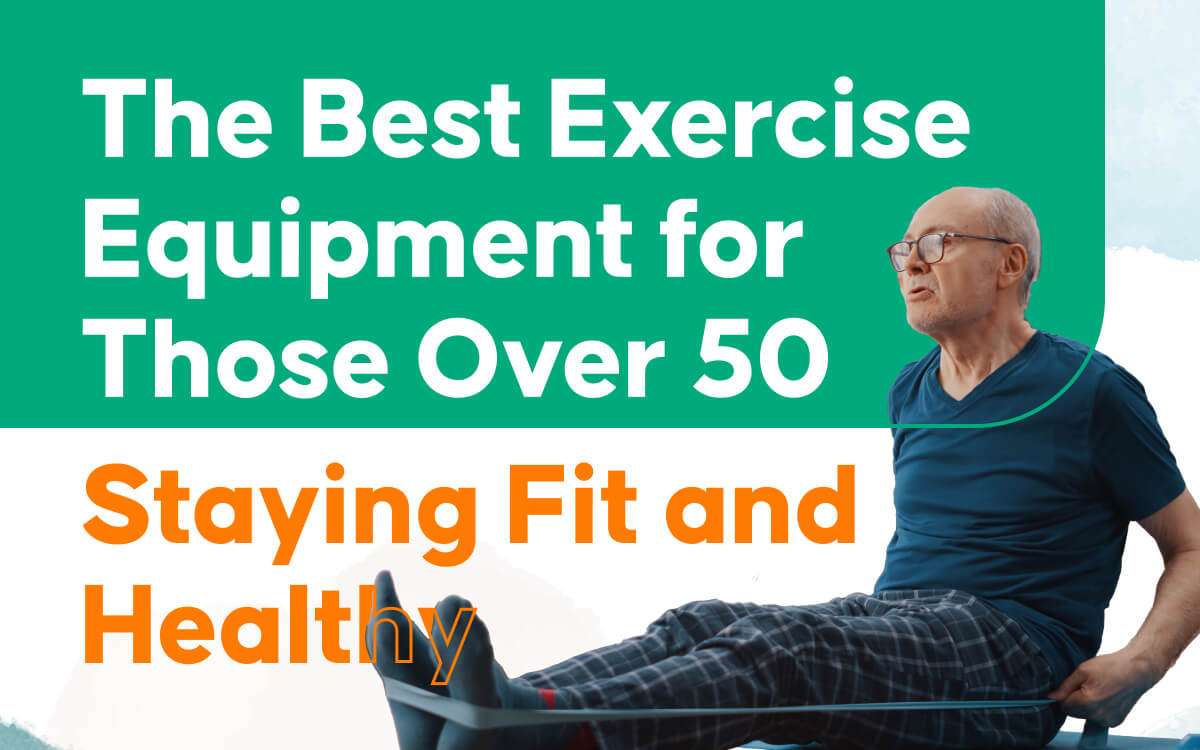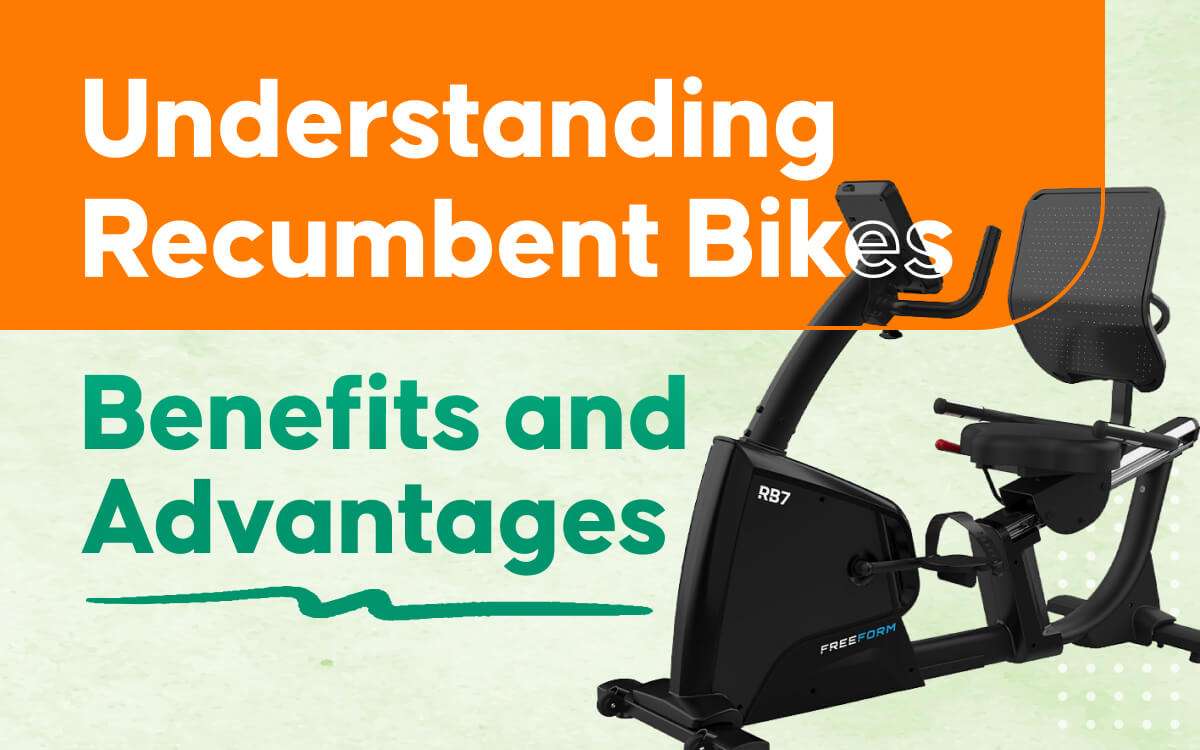
Maintaining good balance and coordination is essential for overall health, especially as we age. Whether you’re a senior looking to stay active or someone with a disability aiming to enhance mobility, there are various ways to improve these crucial skills. In this blog, we’ll explore how to improve balance and coordination, the fitness activities and equipment that can help, and why these exercises are particularly important for seniors.
How to Improve Your Balance and Coordination
Improving balance and coordination involves engaging in activities that challenge your stability and enhance your body’s ability to work cohesively. Here are some key strategies:
- Start with Simple Exercises: Begin with basic exercises such as standing on one leg, heel-to-toe walks, or balance shifts.
- Practice Consistently: Regular practice is vital. Aim for balance exercises 2-3 times a week.
- Incorporate Strength Training: Building muscle strength, especially in the legs and core, supports better balance.
- Engage in Coordination Drills: Activities that require hand-eye coordination, such as playing catch or juggling, can be beneficial.
Fitness Activities and Equipment to Improve Balance and Coordination
- Treadmills: Walking or jogging on a treadmill can improve overall stability and leg strength. Using the incline feature can add an extra challenge.
- Benefit: Enhances cardiovascular health while promoting balance through controlled movement.
- Trampolines: Mini-trampolines, or rebounders, provide a fun way to improve balance and coordination through gentle bouncing exercises.
- Benefit: Strengthens core muscles and improves joint stability.
- Pilates: This exercise method focuses on core strength, flexibility, and balance. Using equipment like a Pilates reformer can add resistance and support.
- Benefit: Improves posture, strengthens the core, and enhances balance.
- Balance Boards and Stability Balls: These tools challenge your balance by providing an unstable surface to stand or sit on.
- Benefit: Engages stabilizing muscles and improves proprioception (awareness of body position).
- Yoga: Incorporates poses that enhance balance and flexibility, such as tree pose or warrior III.
- Benefit: Increases body awareness, strengthens muscles, and improves overall stability.
Why Balance Exercises are Important for Seniors
- Preventing Falls: Good balance reduces the risk of falls, which are a leading cause of injury among seniors.
- Maintaining Independence: Enhanced balance and coordination help seniors perform daily activities with confidence.
- Boosting Mental Health: Physical activity, including balance exercises, releases endorphins that improve mood and cognitive function.
Resources for People with Disabilities
- Adaptive Fitness Equipment: Equipment such as seated ellipticals or arm ergometers can help those with mobility challenges.
- Therapy Balls and Foam Rollers: Useful for improving balance and coordination in a controlled manner.
- Virtual Reality (VR) Programs: Emerging VR technology offers interactive ways to practice balance and coordination through guided activities.
How Fitness Equipment Helps Improve Balance and Coordination
- Treadmills: Walking or running on a treadmill enhances lower body strength and balance. For added benefit, use the handrails minimally.
- Trampolines: Gentle bouncing improves joint stability and proprioception, key components of balance.
- Pilates Equipment: Machines like the reformer provide resistance and support to help improve strength, flexibility, and balance.
- Balance Boards: Standing on a balance board engages the core and leg muscles, improving stability and coordination over time.
FAQs on Improving Balance and Coordination for Seniors and People with Disabilities
- What are simple exercises to start improving balance?
- Answer: Begin with standing on one leg, heel-to-toe walking, and balance shifts.
- How often should I do balance exercises?
- Answer: Aim for at least 2-3 times a week, incorporating various exercises to keep it engaging.
- Can strength training improve balance?
- Answer: Yes, especially exercises that focus on the legs and core, as they provide the foundation for stability.
- Is yoga beneficial for improving balance?
- Answer: Absolutely. Yoga enhances flexibility, strength, and body awareness, all of which are crucial for good balance.
- Are there specific balance aids for people with disabilities?
- Answer: Yes, adaptive fitness equipment like seated ellipticals, therapy balls, and VR programs can help improve balance and coordination.
Conclusion
Improving balance and coordination is crucial for maintaining independence and overall health, especially as we age. By incorporating activities such as walking on a treadmill, bouncing on a trampoline, or practicing Pilates and yoga, you can significantly enhance your stability and coordination. Regular exercise, tailored to your needs and abilities, will help you stay active, confident, and healthy. Always consult with a healthcare professional before starting a new exercise regimen to ensure it’s appropriate for your specific condition.




